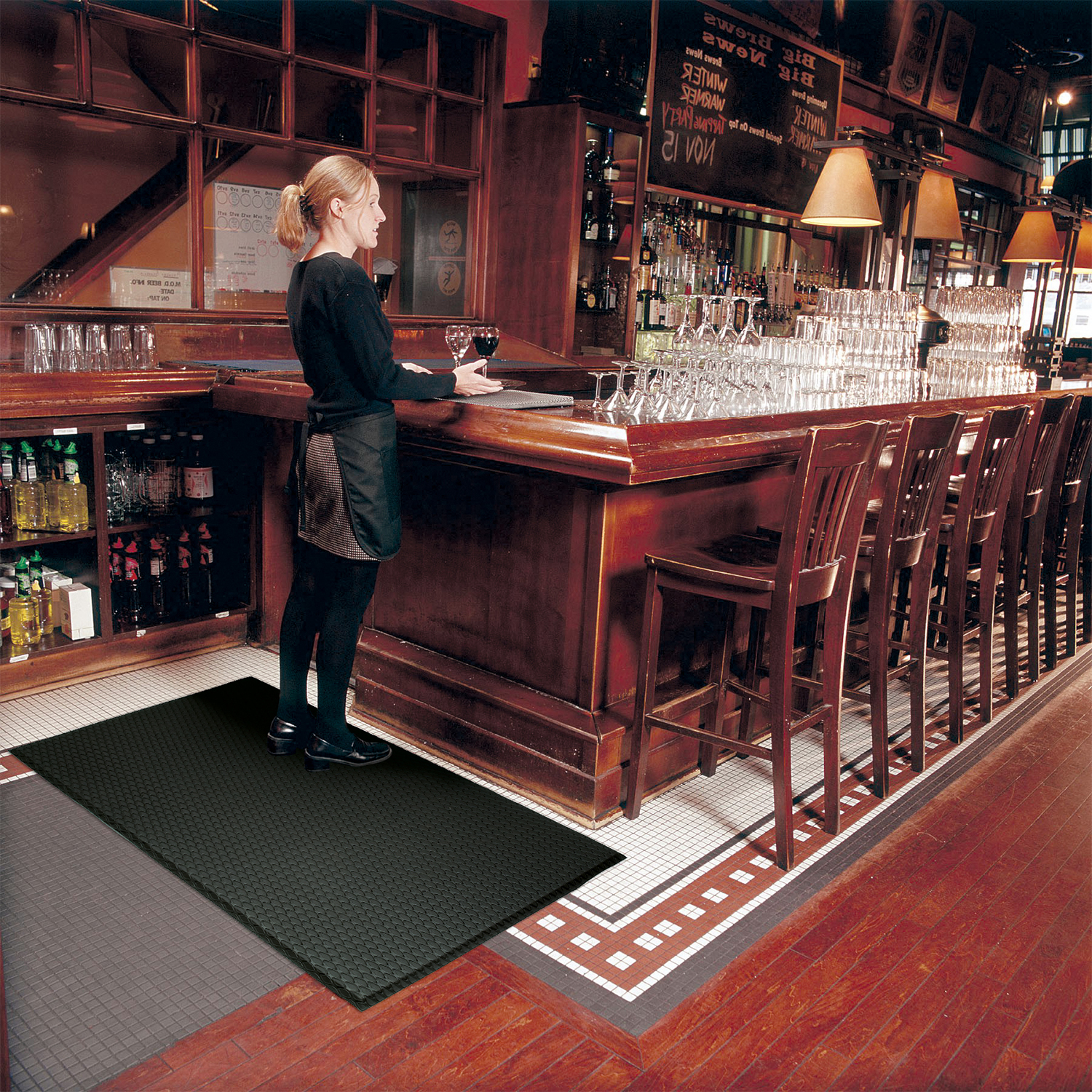
Do Anti-Fatigue Mats Keep You Slightly Off Balance?
Do anti-fatigue mats really keep you slightly off balance?
No, anti-fatigue mats do not keep you off-balance. However, it can sometimes feel like that due to the nature of how the mats work.
This question has sparked curiosity among users and experts alike, especially those concerned with workplace ergonomics and personal comfort during long periods of standing. These mats are designed to provide cushioning and support to reduce fatigue, but their impact on balance is a topic worth exploring.
In this article, you will learn:
- How anti-fatigue mats are designed to work
- The science behind the balance and comfort equation
- Practical tips for selecting and using anti-fatigue mats effectively
Understanding the nuances of anti-fatigue mats can help you make informed decisions for your health and comfort.
The Design and Purpose of Anti-Fatigue Mats
Anti-fatigue mats are engineered with a specific purpose: to reduce discomfort and fatigue caused by standing for extended periods. These mats achieve this through their unique construction, which often involves a combination of materials that provide a cushioning effect. The cushioning is intended to encourage slight movements of the leg and calf muscles, promoting blood circulation and reducing strain.
The Science Behind Balance and Comfort
At the heart of the question is the science of ergonomics, which studies how to optimize human well-being and overall system performance. Ergonomic research suggests that standing on a surface that encourages micro-movements can lead to improved comfort and reduced fatigue. These micro-movements can result from the mat’s subtle elasticity, which might make one feel slightly off balance at first. However, this sensation is generally an indication of the mat’s effectiveness in promoting muscle engagement and circulation rather than a risk to stability.
Practical Tips for Anti-Fatigue Mat Usage
Selecting the right anti-fatigue mat and using it properly are crucial for maximizing benefits while minimizing any negative effects on balance. Consider the following tips:
- Choose the Right Thickness and Material: Mats vary in thickness and material, affecting their cushioning effect and how they interact with your body’s natural posture and balance.
- Positioning and Footwear: The placement of the mat and the type of footwear worn can influence comfort and balance. Ensure the mat is positioned where you stand most frequently and wear supportive shoes for additional comfort.
- Gradual Adaptation: Allow your body time to adjust to the sensation of the mat. Initial feelings of being off balance can diminish as your muscles adapt to the mat’s surface.
Conclusion
Anti-fatigue mats are designed to reduce discomfort and promote health by encouraging micro-movements that enhance circulation and muscle activity.
While they may initially give a slight feeling of being off balance, this sensation typically reflects the mat’s effectiveness in promoting active standing rather than posing a risk to stability. By selecting the right mat and following practical usage tips, you can enjoy the benefits of reduced fatigue without compromising on balance or comfort.
